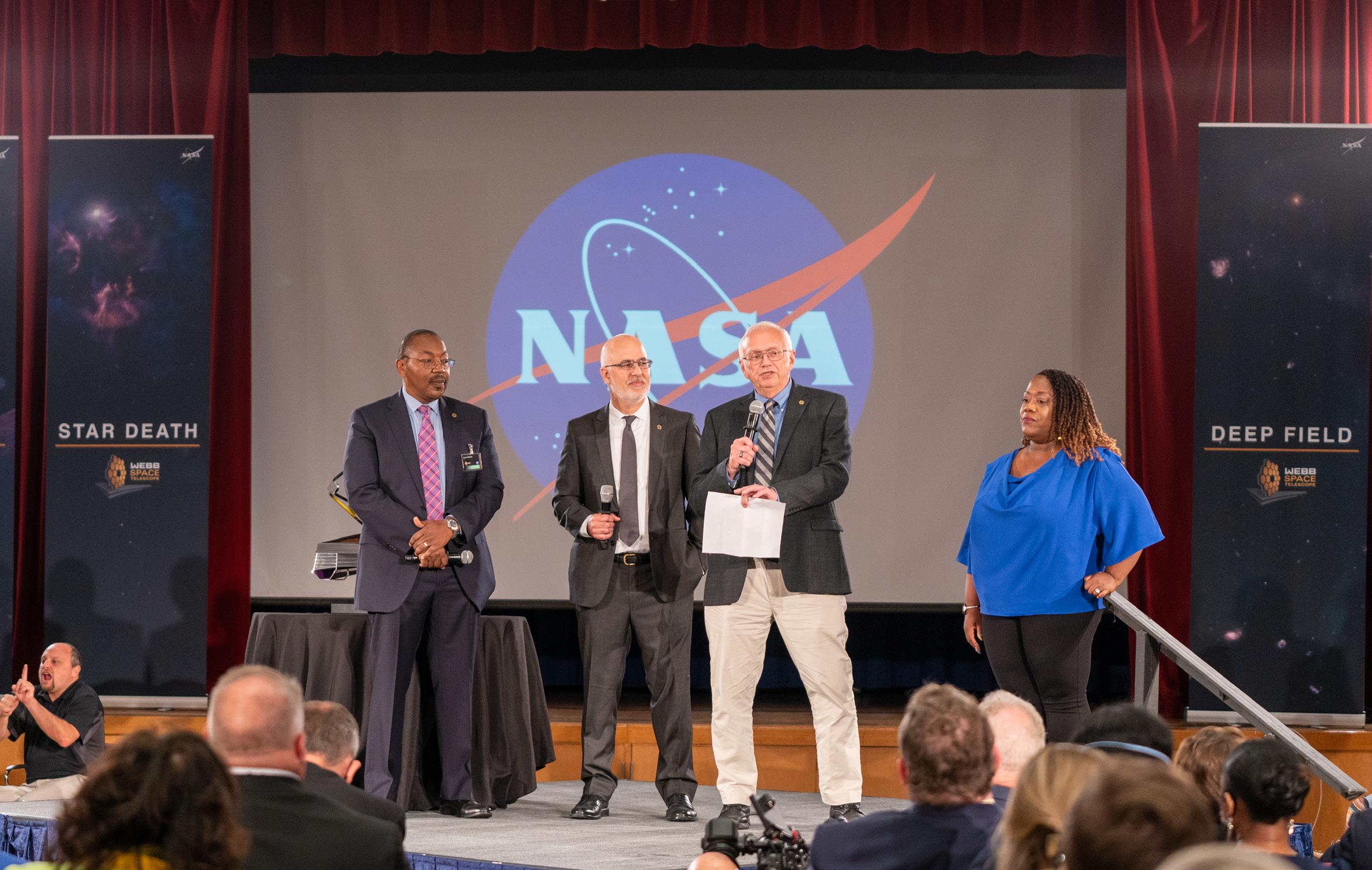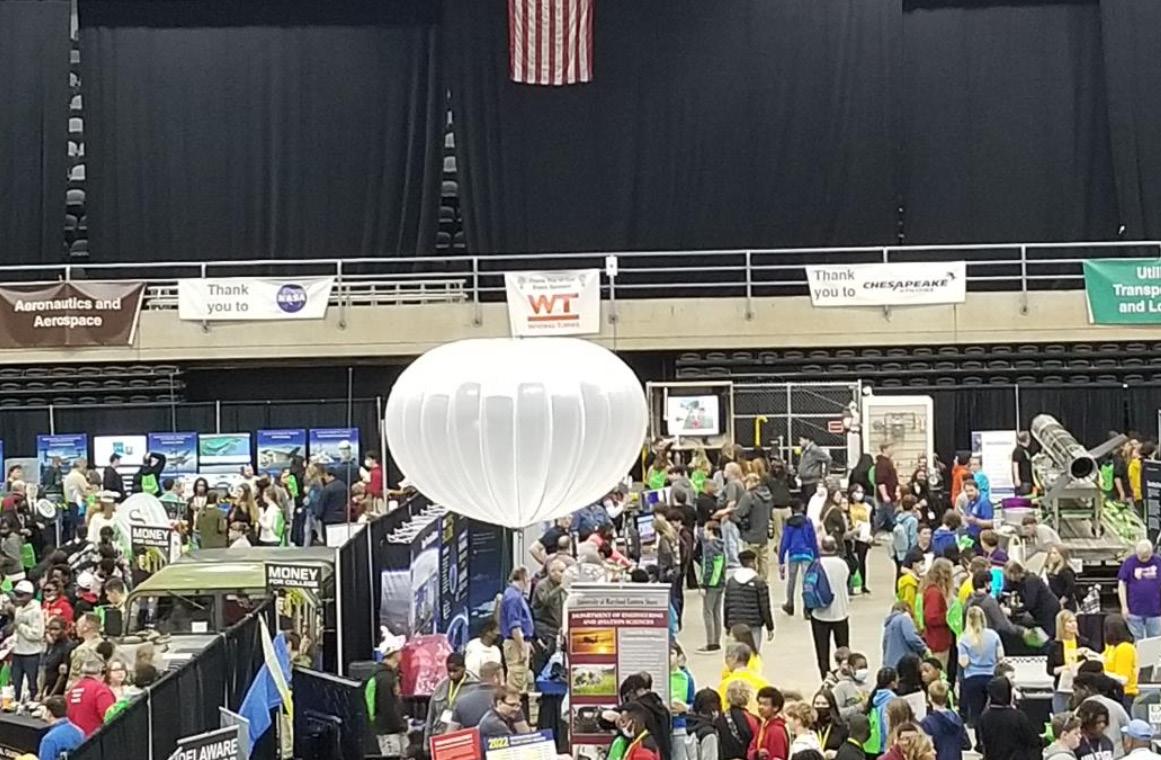
1 minute read
ASTROPHYSICS
science.gsfc.nasa.gov/astrophysics
The Goddard Astrophysics Science Division comprises eight specialized laboratories and offices. Its major focus areas include the nature of dark matter and dark energy, the search for habitable planets outside our solar system, the origin and evolution of the universe, and the nature of space and time at the edges of black holes.
FACILITY: Greenbelt
8 LABS/OFFICES, 370 STAFF
BUDGET: $1,042.7M
GODDARD BUDGET PERCENTAGE: 22.1%
MISSIONS AND INSTRUMENTS
IN DEVELOPMENT
• Advanced Telescope for High Energy
Astrophysics (ATHENA)* • BurstCube • Compton Imager and Spectrometer (COSI) • Experiment for Cryogenic Large-Aperture
Intensity Mapping (EXCLAIM) • Laser Interferometer Space Antenna (LISA)* • Nancy Grace Roman Space Telescope • Pandora • Trans-Iron Galactic Element Recorder for the
International Space Station (TIGERISS) • X-Ray Imaging and Spectroscopy Mission (XRISM)*
OPERATIONAL
• Balloon-borne Cryogenic Telescope Testbed (BOBCAT) • CALorimetric Electron Telescope (CALET)* • Fermi Gamma-ray Space Telescope • Hubble Space Telescope • International Gamma-Ray Astrophysics Laboratory (INTEGRAL)* • James Webb Space Telescope (JWST) • Neil Gehrels Swift Observatory • Neutron star Interior Composition ExploreR (NICER) • Primordial Inflation Polarization Explorer (PIPER) • Super Trans-Iron Galactic Element Recorder (SuperTIGER) • Transiting Exoplanet Survey Satellite (TESS) • X-ray Multi-Mirror Mission (XMM-Newton)* *Joint agency satellite














